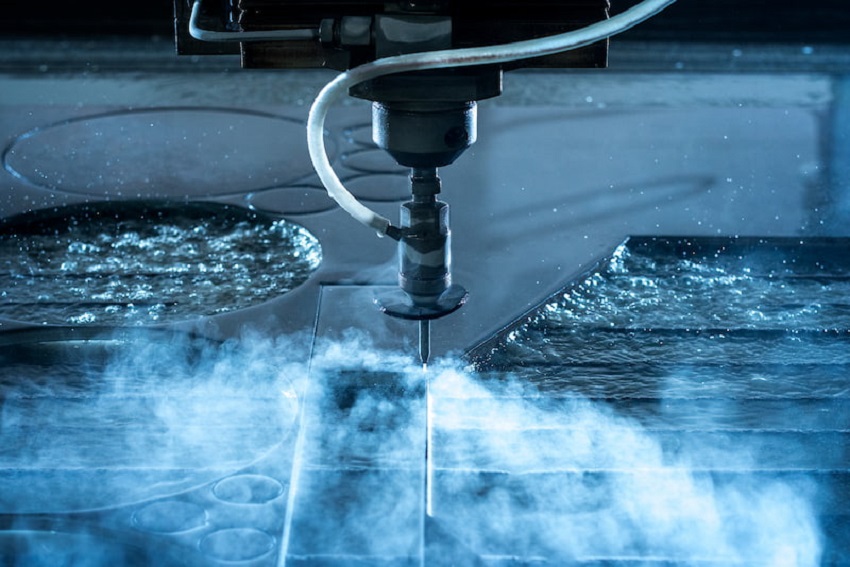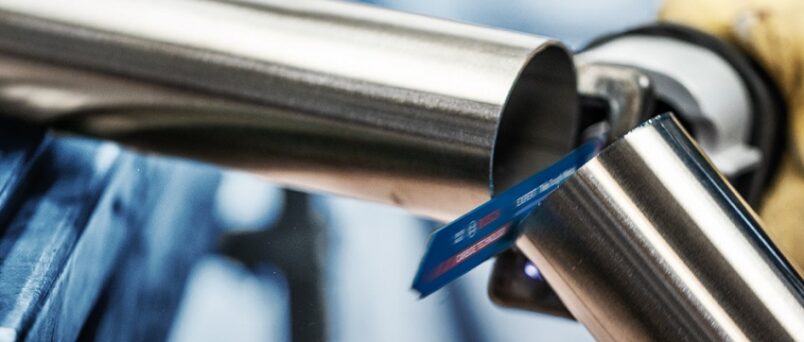Cutting metal can be a challenging task, but with the right tools and techniques, it can be easily accomplished. In this article, we will explore different methods of cutting metal and discuss the pros and cons of each.
Metal cutting is an essential process in various industries, from construction to manufacturing. It involves dividing metal pieces into desired shapes and sizes for different purposes like building structures or creating intricate metal designs. If you’re looking to cut metal closet rod, it’s important to discover how to cut metal closet rod that can make a significant difference in the quality and efficiency of the process.
The Different Ways to Cut Metal
1. Plasma Cutting
Plasma cutting is a popular method for cutting metal due to its versatility and precision. It utilizes a high-temperature plasma arc to melt and sever the metal. The process involves directing the plasma jet through a constricted nozzle, ensuring a concentrated and powerful cutting force. Plasma cutting is often used for thick metal sheets and is known for its speed and accuracy.
2. Oxy-fuel Cutting
Oxy-fuel cutting is another widely-used technique for cutting metal. It involves heating the metal to its ignition temperature using a mixture of fuel gas and oxygen. The ignited metal is then removed using a jet of oxygen, creating a clean and precise cut. Oxy-fuel cutting is primarily used for thick metals like steel and is known for its cost-effectiveness.
3. Laser Cutting
Laser cutting is a highly precise method that uses a focused laser beam to cut through metal. The laser beam melts, burns, or vaporizes the metal, creating a clean and accurate cut. Laser cutting is often used for intricate designs and thin metals, and it offers excellent precision and versatility. However, it can be an expensive option for large-scale projects.
4. Waterjet Cutting
Waterjet cutting is a non-thermal method that uses a high-pressure stream of water mixed with an abrasive material to cut through metal. The pressurized water creates a focused and powerful cutting force, resulting in precise cuts. Waterjet cutting is known for its versatility and ability to cut through various metals, including heat-sensitive materials.
Read more: 5 Must-Have Bike Accessories
5. Shearing
Shearing is a traditional method that involves using a sharp blade to cut through metal. It is commonly used for thin metal sheets and is known for its simplicity and cost-effectiveness. However, shearing may not be suitable for complex cutting shapes and may result in rough edges.
Choosing the Right Method
When selecting the best method to cut metal, several factors need to be considered:
- Thickness of the metal: Different methods are suitable for different metal thicknesses. For thin metal sheets, laser cutting or waterjet cutting may be the best options, whereas plasma cutting or oxy-fuel cutting are more appropriate for thicker materials.
- Precision and quality: If precision and a clean cut are crucial, laser cutting or waterjet cutting are ideal choices. These methods offer excellent accuracy and minimal material waste.
- Speed and efficiency: For projects that require quick turnaround times, plasma cutting or shearing might be more suitable. These methods are known for their speed and efficiency in cutting metal.
- Cost-effectiveness: Budget considerations may also play a role in choosing a cutting method. Oxy-fuel cutting and shearing are generally more cost-effective options compared to laser cutting or waterjet cutting.
Conclusion
In conclusion, the best way to cut metal depends on various factors such as metal thickness, precision requirements, speed, and cost-effectiveness. Plasma cutting, oxy-fuel cutting, laser cutting, waterjet cutting, and shearing are all effective methods, each with its advantages and limitations. By carefully considering these factors, you can choose the method that best suits your specific cutting needs and achieve optimal results.
FAQs (Frequently Asked Questions)
- What safety precautions should I take when cutting metal?
When cutting metal, it is essential to wear protective gear such as goggles, gloves, and helmets to shield yourself from sparks, heat, and flying debris. Ensure proper ventilation in the cutting area and adhere to the manufacturer’s instructions for using specific cutting tools. - Can I cut any type of metal with laser cutting?
Laser cutting is suitable for cutting various types of metals, including stainless steel, aluminum, copper, and brass. However, some metals, such as reflective or highly conductive materials, may require special considerations or alternative cutting methods. - What is the maximum thickness of metal that can be cut using waterjet cutting?
Waterjet cutting can effectively cut metal thicknesses ranging from thin sheets to several inches. The maximum thickness depends on the waterjet cutting machine’s specifications and the type of metal being cut. - Is plasma cutting suitable for precision cutting?
Plasma cutting is known for its speed and versatility but may not offer the same level of precision as laser cutting or waterjet cutting. However, with advancements in technology, plasma cutting has become more accurate and can achieve good precision for many applications. - Can I use shearing to cut complex shapes in metal?
Shearing is generally suitable for straight cuts and may not be the best option for complex shapes or intricate designs. Laser cutting or waterjet cutting are better choices when precision and intricate cuts are required.

